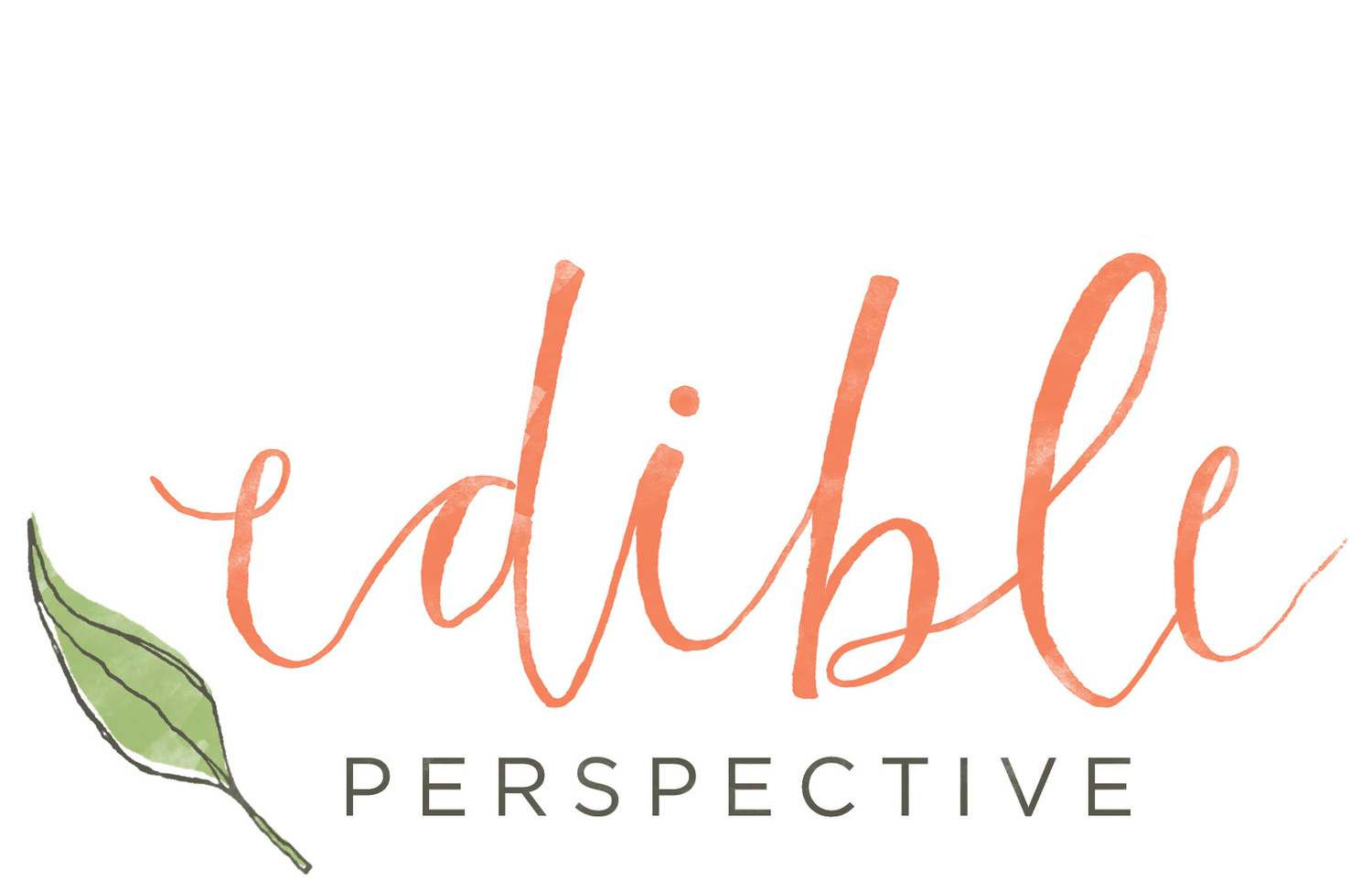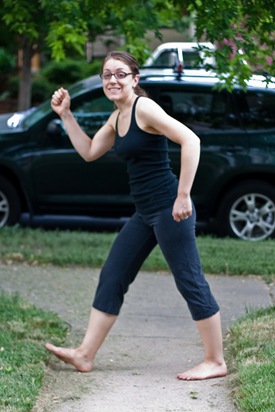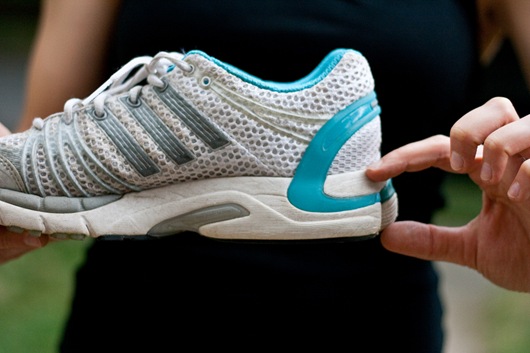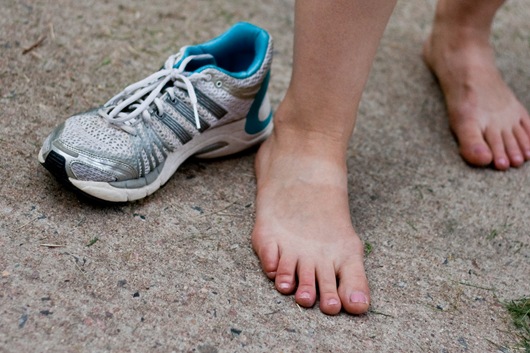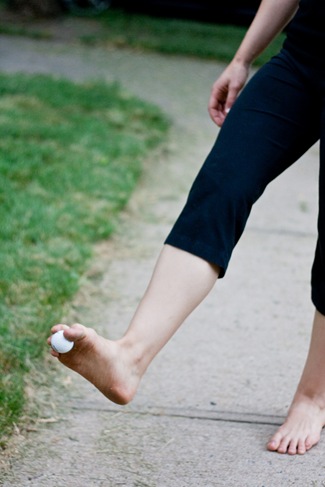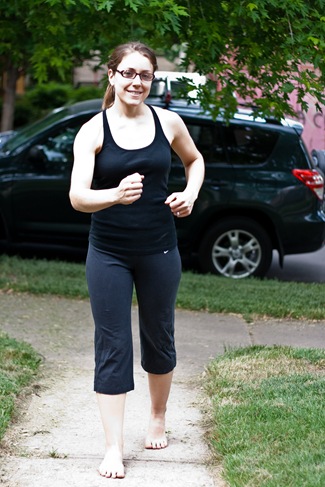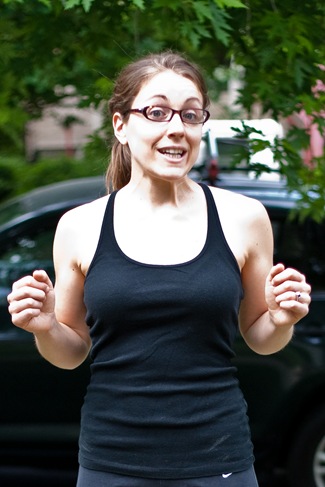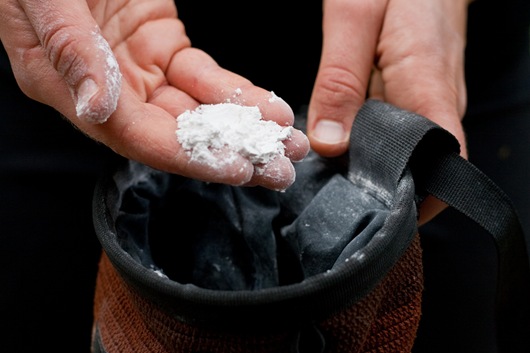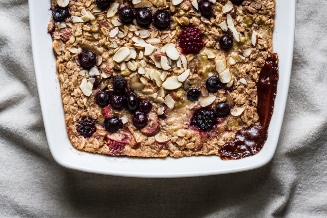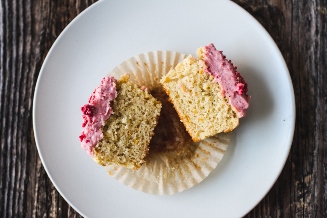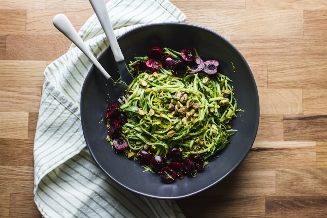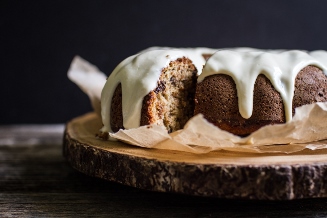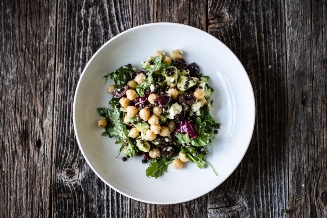barefoot clinic review
/I’m going to touch on a few of the points that were discussed at the barefoot running clinic, Chris + I went to a few weeks back. Better late than never right!? Good thing I took notes! No food in this post…don’t kill me :)
We jumped at the chance to attend this clinic at our local REI. It was free and featured Michael Sandler, author of the book Barefoot Running, that I am currently reading. The more + more I hear and read about the barefoot lifestyle, the more I am convinced it is the way to go. Have I thrown away all of my shoes? No. But, am I walking around in my bare-feet [or Vibrams] more, not wearing heals, and wearing less padded footwear? YES.
Actually, I have a hard time putting my feet in regular running shoes anymore. It feels way too constricting.
Okay, on to this slightly, embarrassing for me, post. If I am not showing food, I will at least have goofy photos of myself to show you!
I’m going to touch on a lot of the main points from the clinic. Here we go!
One of the first things Michael talked about was heel striking and the detrimental effects it has on the body. When your heel hits the ground, a force is driven all the way through your body. A jamming force. It is not natural and basically sends a shock wave through your whole leg and up your back. Shin splints are a common result of heel striking.
Also, when you extend your leg out far past your body and land on your heel, you are actually slowing down [or hitting the breaks]. It takes much more work to use long running strides with a heel strike, than forefoot running keeping your strides close in to the body. When your stride is kept shorter and you land on your forefront, the foot absorbs the shock and acts as a spring mechanism. Instead of slowing you down it propels you forward with more speed.
What is causing us to heel strike? The high heel that shoe companies have inserted into our running shoes. This acts as a weight that pulls our heel to the ground. The shoe is counterbalanced. It is extremely difficult to be a mid-foot or fore-foot runner with standard running shoes.
And all that cushioning that is helping to support your arch and pro-nation? Well, it’s actually hurting you more. Say what? Yes, our running shoes act like a cast on our feet. They have basically caused the muscles in our feet to atrophy over time. With all of that padding and protection, the muscles in our feet do more work and therefore become week, which leads to many physical problems.
Also, having all of that padding, causes us to strike the ground with much more force than in our bare-feet. If you go out and run 50yds in your bare-feet you will notice 2 things.
- You will automatically running on your forefront because landing on your heel is unnatural and will hurt more than you can imagine.
- You will float ever so lightly on the ground because you will actually be getting a response from the ground, from your very sensitive feet, to land softer!
See where that gray strip curves around into the blue rubber area of the shoe? That is actually a design they have inserted in a lot of running shoes that causes your feet to pull in.
A lot of runners run with their feet pointed slightly outward and these shoes are designed to pull your foot straight forward. So while your foot is pulling out the shoe is pulling in, which causes torque on various parts of your leg and also plays a large part in causing shin splints and knee problems. Think about the rotational force that is happening. Your foot is being pulled in two different directions. The end result is not pretty. Even though you don’t necessarily notice it while you’re running, it can be a major cause of pain + injury.
p.s. Like my sweet tan line from the Vibrams? I even put sunscreen on my feet!
Shoes don’t flex. I was pulling down pretty hard on my shoe and it wasn’t really budging. Because the shoe doesn’t flex your feet are not doing any of the work. Again, this = weak foot muscles + ankles. Our shoes are holding our feet captive.
The Vibram 5 Fingers definitely flex. There is no inner sole or fancy arch support.
Your feet have to work in these “shoes.” The nerves in your feet actually FEEL when they are hitting the ground telling your body if you are landing too hard. The muscles are being utilized. The reason we have to advance so slowly in these shoes [or in your bare-feet] is because our foot muscles are so week that we could do serious damage running far distances too quickly. You have to work slowly, to rebuild the muscles, without causing injury. And not only are you rebuilding the muscles in your feet but you’re strengthening your ankles as well. They are doing a lot more work now.
Michael could not stress enough how slowly to go when changing to a barefoot running style.
- He said to start off with 50-100yds.
- If you feel any pain, stop immediately and walk home.
- Run with your conventional running shoes, so when your feet/ankles/calves are tired you can throw your shoes on your feet and head home.
Why would he be telling you to keep and actually wear your old running shoes?
- You will now use your old shoes as a foot recovery device. Like I said earlier, these shoes are like casts, not allowing your muscles to do much if any work. When your feet are tired, from this new form, you can put shoes on to keep the muscles from working. These shoes will let your foot muscles rest.
When I injured my foot, from going too far too fast, I did exactly that. Honestly the only thing to make me foot feel better was putting on my big clunky running shoes. Crazy, no?
You may look like a dork...but really….who cares!
Another way to strengthen your feet.
Foot exercises! Play with a golf ball, while you’re on the computer, watching TV, or whenever. Move it around in your toes, pick it up, put it down. You work out other muscles in your body, why should you not work out the muscles in your feet? It’s so funny how we rely on our feet SO much but basically ignore them as a muscle in our body.
Heeled shoes. I’m sure you’ve all heard that heels are not good for your body. Check out the below photo that I did not exaggerate at all and just think about the effects over time. Also, look at my adorable heels, that I probably won’t be wearing any longer.
I know it might not look like much or you may be saying, “I don’t see the difference.” Well, in the heels I was naturally leaning forward and in my bare-feet I was naturally standing straight. You will also notice my butt sticking out much more in the first photos. Yes, I just told you to look at my rear. In the barefoot photo my rear is much more tucked under. You can imagine the same effects are happening from wearing thick heeled running shoes. Our bodies are unnaturally being pushed out of alignment.
Another point. When you run, pay attention to the crossing motion your arms are making, and stop. I never ever thought about this but it makes complete sense. I notice about 90% of runners crossing their entire body with their arms. When this happens, it causes a cross rotation with your torso that throws off your forward motion and causes unnecessary torque on the body.
Keep your elbows high, in towards your body and keep your arm movements short and moving straight forward. Never run carrying one object in your hand, either[like cell phone, water bottle, ipod]. Even though it may be light, it can throw off the motion of your body and cause more unnecessary damage.
It will take some getting used to but make running feel easier. You will even be able to breathe easier!
Forward moving motion. Not cross-rotational.
One great tip Michael gave about wearing Vibrams [which he was not endorsing but did talk about] is to chalk them if you find your feet becoming sweaty. You can pick up a block of climbing chalk for $1-2 at many sports stores. This will help prevent friction between your feet at the Vibrams and keep them from getting sweaty.
I tried it and it worked really well.
Another thing he covered was foam rolling. He talked a lot about the act of stretching and how it can actually be really hard on your body, especially if you’re not properly warmed up. Stretching prior to working out can cause damage to your muscles and stretching cold muscles really does not do much of anything anyway. He talked about how foam rollers are so important because you can pin point certain problems and work on them one at a time.
I got a foam roller about 1 month ago and love it. Even though I can bend over and flat palm the ground, I have always had problems with tight hamstrings, which actually cause low back pain. Yes, your hamstrings are a long muscle that connect to your back! Well, this foam roller has definitely been helping!
A few other things he touched on:
- He used to have flat feet but through barefoot running has strengthened the muscles in his feet to actually pull his arch up. Your arch can’t move in conventional shoes, so how could it ever become stronger? The foot supports the body. The heels + toes support the arch. You can literally, grow an arch.
- You hit the ground 3x harder with shoes than in your bare-feet.
- Shoes are also made now with the toe coming up off the ground. If you put your shoe on the ground the toe part is not touching. They did to try to make it easier to roll up onto your forefoot. However, do your toes naturally curve up? No. Your toes naturally want to grab the ground and connect but shoes are forcing our toes upward. Again, our shoes are causing very unnatural movement.
- Of course we feel we need all of that support in our shoes, because our feet have become weak and addicted to the padding.
- Do not put shoes on your children for as long as possible. Promote barefoot activity to promote strong ankles + feet.
- Start SLOW. Walk in bare-feet a lot. [In bare-feet you still have some strike of the heel. This is natural but your foot will respond and not cause you to strike too hard.]
- When you start barefoot running or walking you actually want to start on the hardest surface possible. This is because the harder the surface the more sensory input your feet will send to your brain. If you start in the grass you will still be striking the ground harder than you should be. If you start on the cement your body will not allow your feet to slam into the ground.
- A study was done proving that top of the line shoes cause a much higher rate of injury than a cheaper, less padded alternative.
There is a lot more I could touch on, especially since starting Michael’s book, Barefoot Running. However, I feel this review sums up what we learned at the clinic. It was 3 weeks ago, so I tried to piece together my notes as best as possible!
One other thing to mention was that Michael was not endorsing any specific type of footwear, nor was he even saying “everyone must run barefoot.” He was just trying to get the message across to start small, start slow and just think about your form. I loved the book Born To Run, for it’s great story, superb writing, and fascinating new-to-me topic. What I’m enjoying about this book is that it is more informative and actually gets into the technique [with photos] of barefoot running. I recommend Born To Run, to any athlete or anyone that enjoys a good story. I recommend Barefoot Running to any + all runners, and people that think they can no longer run because of certain pain problems that have kept the from it in the past.
Just remember, proceed slowly + with caution. There is quite a bit of controversy surrounding the barefoot style because of the injuries that are occurring from it. This is directly correlated to people moving too fast. Just like I did!
Questions??? ;)
I think of the barefoot style, much in the same way that I think of food. I have my opinions and you have yours. Not everyone is on the same page. I have found this information to be compelling and accurate, which is why I am sharing it with you. I don’t judge people that don’t find this interesting or believe it to be the truth, much like I don’t judge people that eat fast food.
If you missed my posts about my experiences with my Vibrams you can check them out here:
I cannot wait to have my quad completely heeled [from when I pulled it running bases playing softball, grrr]. I’m itching to get back to running again! I can’t even describe how different it feels to run in Vibrams or in your bare feet. You feel more connected to the ground. It is amazing to have the response from your feet. Even just walking outside in your bare feet, feels pretty great. Give it a shot ;)
~Ashley
Abby from Abby Normally just made a FABulous post her view of running and how it has changed since reading Born To Run. It’s worth the read!!
